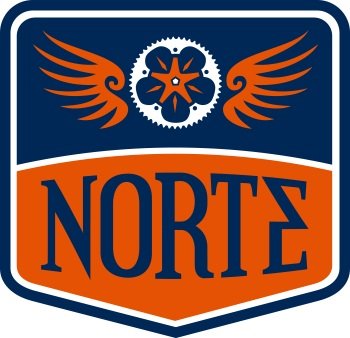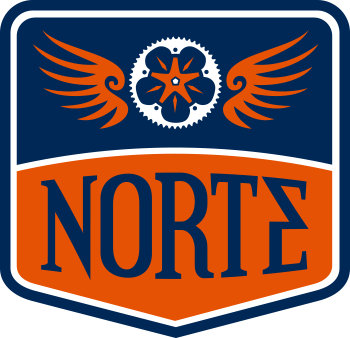Citizen Advocates Step It Up with Norte!
A tragedy led me to the Advocate Academy. Last summer, a teenage girl on her way to work was killed by a truck driver. She was riding her bicycle and was struck while navigating through the South Long Lake Road and US 31 intersection — Interlochen Corners.
As an Interlochen local, I know that corner well — lots of traffic moves through there at a high rate of speed, and people walking and rolling must navigate it with caution. There are no painted crosswalks, ramps, or sidewalks.
Interlochen Corners is dangerous by design. It’s intimidating when we drive, let alone walk or bike. So I wanted to do something about it. The annual six-week course in citizen advocacy facilitated by Norte, TART Trails, and the Groundwork Center for Resilient Communities was what I needed to get started.
At Advocate Academy, I met people with similar passions for projects in their communities. For example, one person sought to improve the crossing at Division and Eighth Streets in Traverse City, while another wanted to improve a passing lane on Center Road. My classmates from downstate wanted a safer trail crossing and bike parking at a local restaurant.
But how do we turn motivation for change into action? The course walked us through a path forward using real-world examples as models.
The first step, we learned, is to know your audience. It’s essential to understand who designs and maintains the streets and roads we care about. The power to make the change we want to see often requires peeling back the onion. Do we need to contact the City? Township? Road Commission? The State or even the Feds? Is it a combination? At the academy, we learned that jurisdictions matter.
Once you have that information, it’s time to craft your message. The Advocate Academy also emphasizes that language matters. It’s essential to use the elements of storytelling and personal narrative in your message and be mindful of the words you use. For example, it’s more effective to say, “I feel intimidated and rushed when crossing this street,” than, “this road is dangerous for pedestrians and bicyclists.”
I felt like I had a good handle on the language part, but if I wanted to get my message out to the people who matter — the people who can make fundamental changes at Interlochen Corners — where would I start? Advocate Academy helped me understand the difference between strategy and tactics. Strategy is the plan that takes you where you want to go. The tactics are the individual steps and actions that will get you there.
And because of the tools I learned during the course, I was able to develop a strategy and a few tactics that will lead to an improved experience for all at Interlochen Corners. My goal is a painted crosswalk this year — wish me luck!
If you have a problematic intersection in your neighborhood — or a path or crossing or sidewalk that needs a strong advocate — I encourage you to attend Advocate Academy next winter. It’ll give you the tools you need to affect change and remind you that we — citizen advocates — have the power to impact change.
by Aaron Selbig

